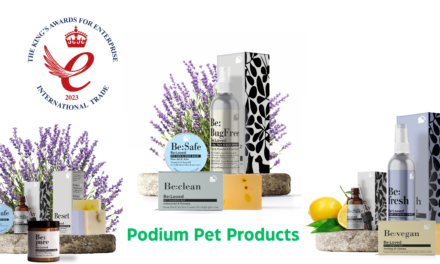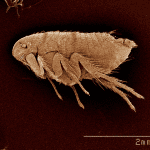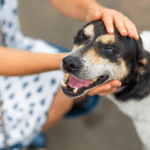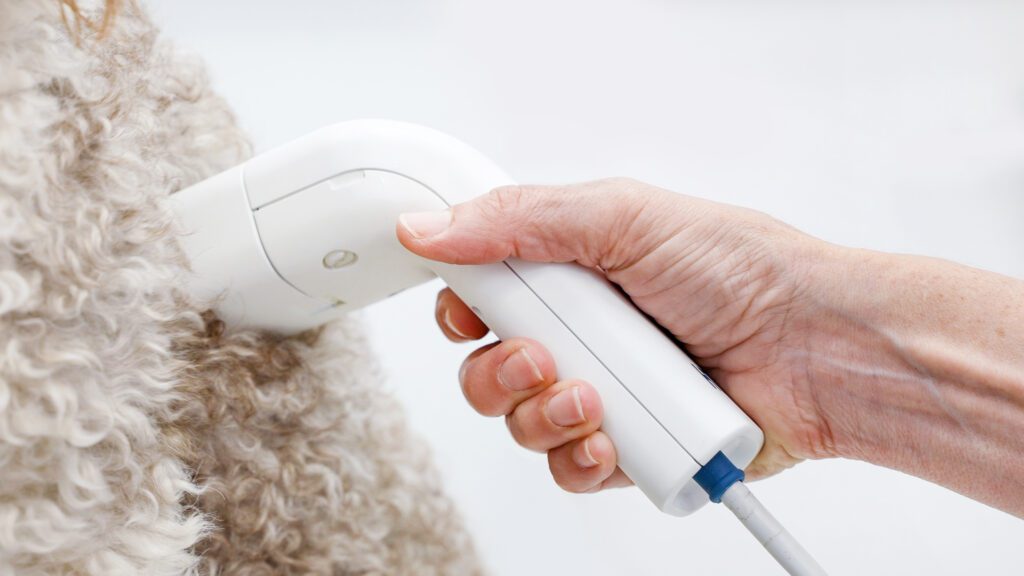
By Bianca Kapteyn
The big “C” is slang for cancer, a feared euphemism, whether the diagnosis is of a human or a beloved pet.
Sadly, in the companion-animal world, it’s a leading disease in domestic dogs and cats. According to the National Library of Medicine, cancer is the number one cause of death in dogs more than 10 years old.
The world’s largest and most comprehensive annual veterinary conference – VMX (North American Veterinary Community) – recently concluded its 40th annual meeting in Orlando, Florida.
The conference unveiled scientific innovations and introduced and demonstrated myriad veterinary advancements and possible solutions to animal healthcare challenges.
One of the most talked-about presentations came from HTVet, an Israel-based company which introduced the first non-invasive device allowing veterinarians to detect and diagnose cancer.
We touched base with HTVet co-founder and CEO Shani Toledani to learn about HTVet, and what it potentially offers the veterinary oncology community.

Here’s her Q&A response via e-mail:
We’re assuming you share your life with companion animals. Cat or Dog?
These days I don’t have so much time for animals of my own, however I grew up with two very beloved dogs and even today although I’m not responsible for companion animals myself, as you can imagine we have a very dog friendly office and there are many days where I am at work alongside many of my colleagues’ dogs.
Why companion animals?
Before starting HTVet, I started a company called HTBioImaging which focused solely on early detection of cancer for humans. When we saw that the application and solution had similar outcomes to those in dogs, we thought why not make this a solution for veterinarians and anyone in the veterinary clinic to help rule out cancer in dogs. It is very common for older dogs to develop lumps or bumps on their skin, in fact approximately 1 in 4 dogs will, at some stage in their life, develop a tumor. Tumors of the skin and subcutaneous tissues are the most common tumors in dogs, accounting for one-third of all tumors encountered in the species. In veterinary medicine, most skin and subcutaneous tumors can be cured with surgery alone if diagnosed early when tumors are small. HT Vista’s technology which includes both a hardware device and technological software solution is only available to dogs now, but we are working diligently to create the technology for application into other animals such as cats.
Tell us about your background.
Long before I started HTVet and HTBioImaging, when I was 18, I enlisted in the Israeli Army and was an unmanned air vehicle (UAV) instructor and a commander of a flight training center. Following my service, I worked for the Israeli Aerospace Industries as a developer of simulators for the aerospace Industry. Alongside my work I studied for my undergraduate degree in Mechanical Engineering focusing on Heat Transfer, Thermodynamics, and Energy and I also completed a Master of Science in Artificial Intelligence with a focus on Medical Imaging both from Afeka Tel Aviv Academic College of Engineering.
In July of 2016, I co-founded HT BioImaging, inspired by my father’s late-stage cancer diagnosis. He had been fighting the disease for 5 years and it went undetected. I decided to make it the company’s mission to detect cancer as early as possible for more focused treatments so we can minimize the risk of cancer being life threatening.
After a few years of developing solutions for human cancer detection, my team and I found apparent similarities in dogs and the ability to rule out cancer for dogs, so in 2020 we started a journey to develop the technology for applications in dogs as HTVet and in 2022 we officially launched our first product, HTVista.
How did you come up with this non-invasive medical innovation?
With my educational background being in mechanical engineering with a focus on heat transfer paired with my MSc in AI, I found by marrying the two ideas I can find a solution for detecting cancer using our patented method of Heat Diffusion Imaging (HDI), applying heat via LEDs in a scanner equipped with a thermal camera. HT Vista, is our first to market product and the first non-invasive medical device that allows veterinarians and anyone at the clinic to rule out cancer in a fast and affordable way, utilizing HDI alongside artificial intelligence, computer vision, and signal analysis.
We know cancer is the leading cause of death in companion animals, and that both human and animals share many occurring malignancies such as breast, lymphoma, lung, and melanoma.
How does this device work in the detection of cancer?
The device has a computer screen which holds the UI component with a scanner which has LEDs and a thermal camera. The user of the HT Vista will clear the area of interest and place the scanner on the dog’s body where the lump is located. The facilitator of the test presses a button which begins the process of the test. An LED light turns on slightly heating the area of the skin. The exam is conducted in 50 seconds. During the exams the tissue is heated, and thermal signals are recorded. Once the scan has concluded, the thermal signals are sent to the cloud where the data collected is analyzed by a sophisticated algorithm. Results are then delivered back to the console within a few minutes. The report will present an HDI Score where a score between 5-10 indicates the mass is benign, with a 98% certainty and increasing probability and a score of 1-4 means further investigation is recommended. However, a 1-4 score does not mean the tumor is malignant, it just means the device couldn’t determine with 98% certainty whether it is benign. If we can’t rule out cancer, we recommend that the veterinarian continue with the diagnostic workup. HT Vista is not designed to replace cytology, but rather to be used as a first-line non-invasive screening test.
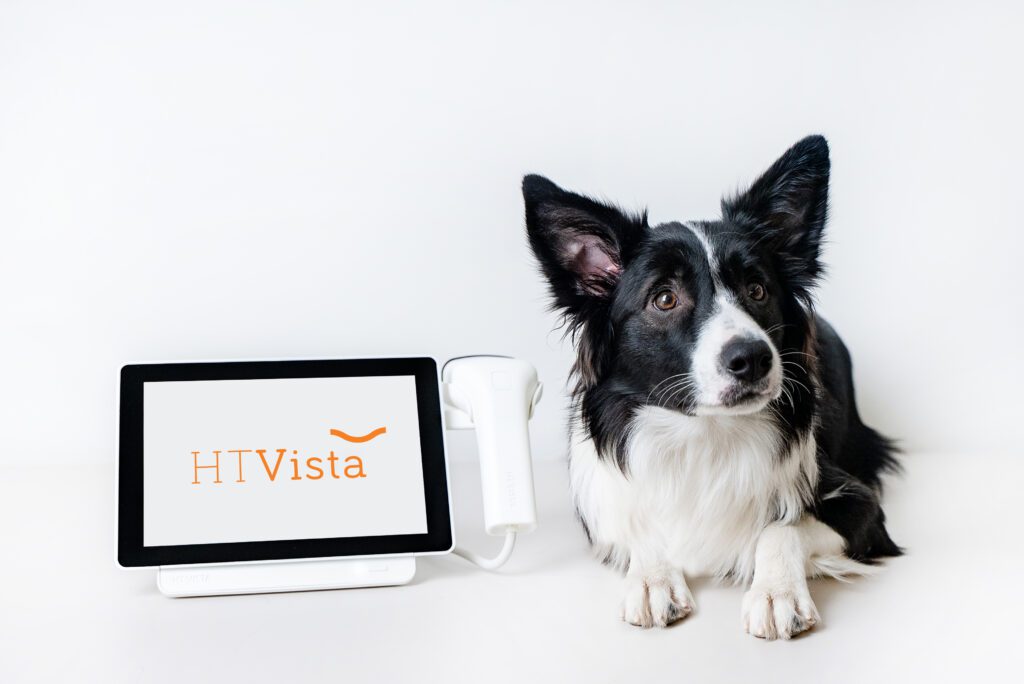
What’s next?
As I stated earlier, we hope to expand the tests so that other companion animals can be non-invasive be scanned for cancer. We are developing our tests for cats and hope to bring that test to the market. In general, we hope to continue to expand our reach to clinics all over the world, so more companion animals do not need to be unnecessarily tested using invasive testing methods and instead have a non-invasive painless way to rule out cancer.




